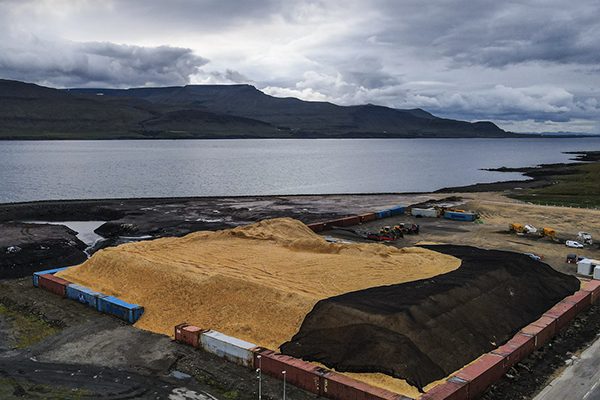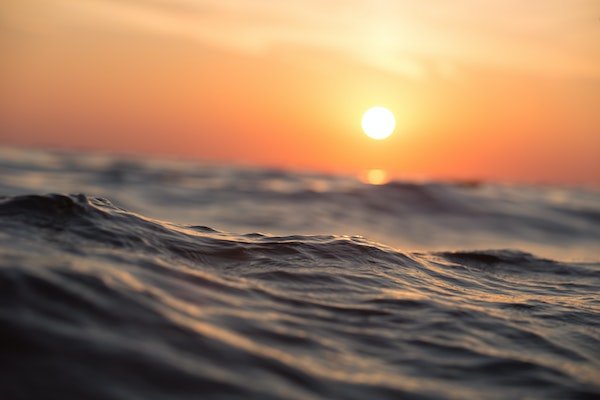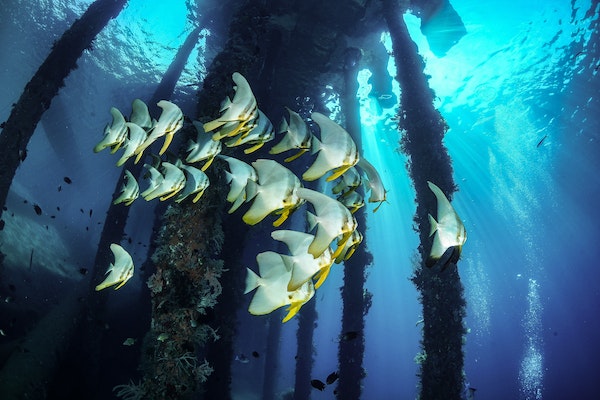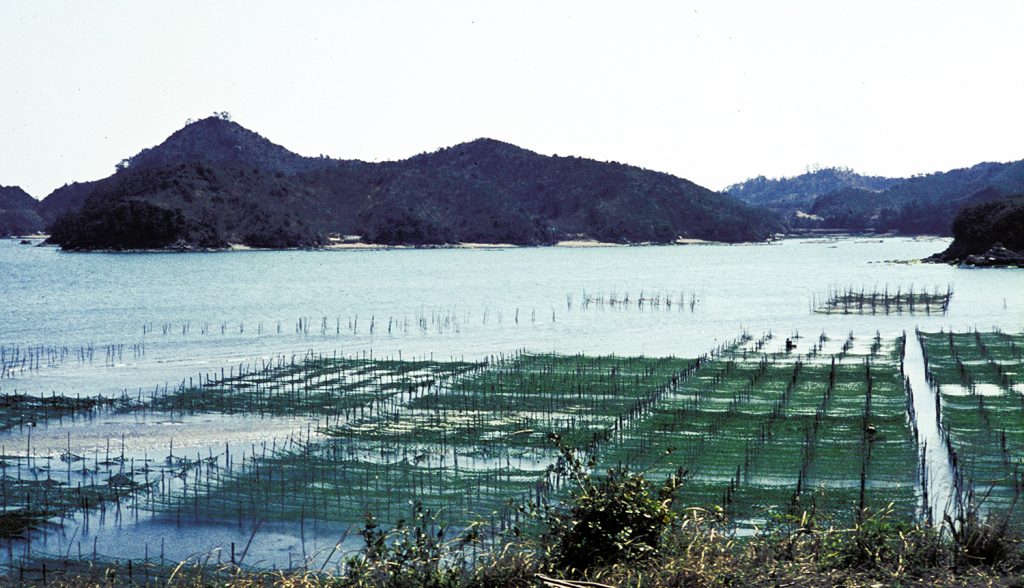Under Running Tide’s process, 275 net metric tons of carbon dioxide were removed

US-based climate start-up Running Tide has delivered the first-ever carbon removal credits from an open ocean project, with the credits pre-sold to e-commerce group Shopify.
Some scientists believe extracting carbon dioxide by using nature or technology can help meet global goals set under the Paris Climate Agreement to curb climate change. Under Running Tide’s carbon removal process, waste wood – such as wood chips, which would otherwise have been burnt – was coated in limestone and placed in the ocean 190 miles south of Iceland. The limestone coating helps to combat ocean acidification, the company said.
The limestone-coated wood spread across the ocean’s surface and sank into the water nearly a mile deep, keeping the carbon out of the atmosphere. A total of 1,000 metric tons (MT) of waste wood was sunk throughout May, June and July, resulting in a removal of 275 net MT of carbon dioxide, Running Tide Founder Marty Odlin said.
According to Odlin, the project adhered to standards from the Scientific Advisory Board, which is made up of climate experts, including in carbon cycling, oceanography, marine ecology, forestry and carbon sequestration. It was also reviewed by an independent science review board. Odlin said the process is safe, as it adds organic matter that could already exist in the ocean.
Shopify made the advanced purchase of the Running Tide removal credits in 2020 to help fund the project’s development.
“Funding innovation by being a first buyer, and taking big risks with pre-payments, is exactly what’s needed to kickstart the carbon removal industry,” said Stacy Kauk, Shopify’s head of sustainability.
Shopify did not specify how much it paid for the removals. Running Tide said it currently charges U.S. $250 to $350 per ton.
Now that you've reached the end of the article ...
… please consider supporting GSA’s mission to advance responsible seafood practices through education, advocacy and third-party assurances. The Advocate aims to document the evolution of responsible seafood practices and share the expansive knowledge of our vast network of contributors.
By becoming a Global Seafood Alliance member, you’re ensuring that all of the pre-competitive work we do through member benefits, resources and events can continue. Individual membership costs just $50 a year.
Not a GSA member? Join us.
Author
Related Posts

Responsibility
Running Tide invites an independent review of its carbon removal technology
Running Tide is teaming up with Deloitte to conduct an independent review of its carbon removal technology.

Responsibility
Can artificial reefs in seagrass meadows help protect the ocean against climate change?
A new study finds that artificial reefs can bolster seagrass growth in the tropics and help mitigate climate change.

Responsibility
Macroalgae aquaculture as a potential carbon dioxide removal strategy
Macroalgae aquaculture has benefits but improvements are needed in monitoring, reporting, verification standards and carbon uptake assessments.

Responsibility
Marine aquaculture and ocean deacidification technology
Current deacidification techniques are limited to bench scale, highlighting need for sustained R&D before implementation is possible.



